INGREDIENTS:
4 duck breasts
2 teaspoon spice-rub of your choice
4 white globe turnips (you can use whole or halved radish, they taste just like turnips when cooked)
2 apples, wild or Granny Smiths
1 teaspoon balsamic vinegar
2 teaspoons brown sugar
100mls water
A little cooking oil
1 teaspoon corn flour
INSTRUCTIONS
- Preheat your oven to 180ºc
- Peel and cut the small turnips into wedges, cook in a little salted water until just tender, cool and keep aside.
- Wipe the duck breasts dry with kitchen paper towels, sprinkle over and pat in the spice rub, heat a pan, one that can be placed directly in the oven, add a little oil and fry the breasts until nicely coloured. Place in your oven and cook for 8 minutes turning once, add the turnips when turning to take on the roasting flavours.
- Place the breasts and turnips onto a plate, cover with foil to keep warm.
- Finely dice the apple and cook in the same cooking pan, stirring to include all the cooking residues, add the brown sugar, then the balsamic vinegar, add water, simmer for a couple of minutes, pour in any juices that have been released from the resting breasts. Finally stir in the cornflour that has been dissolved in a dessertspoon of water, cook to nice consistency, season to taste.
- Carve the breasts crosswise into thin slices, arrange on plates along with the turnips spoon over the sauce and apples.
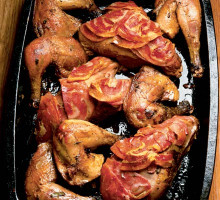
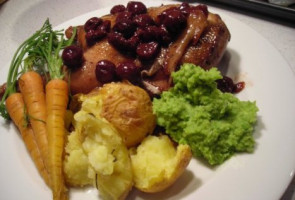

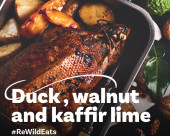 In testing this recipe I used a small spoonbill duck, one is just right for two servings, otherwise the mallard is fine.
In testing this recipe I used a small spoonbill duck, one is just right for two servings, otherwise the mallard is fine.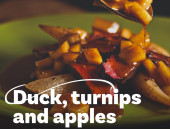
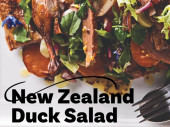 Duck Is Really, Really Good Eaten Cold And This Recipe Is Perfect For It.
Duck Is Really, Really Good Eaten Cold And This Recipe Is Perfect For It.